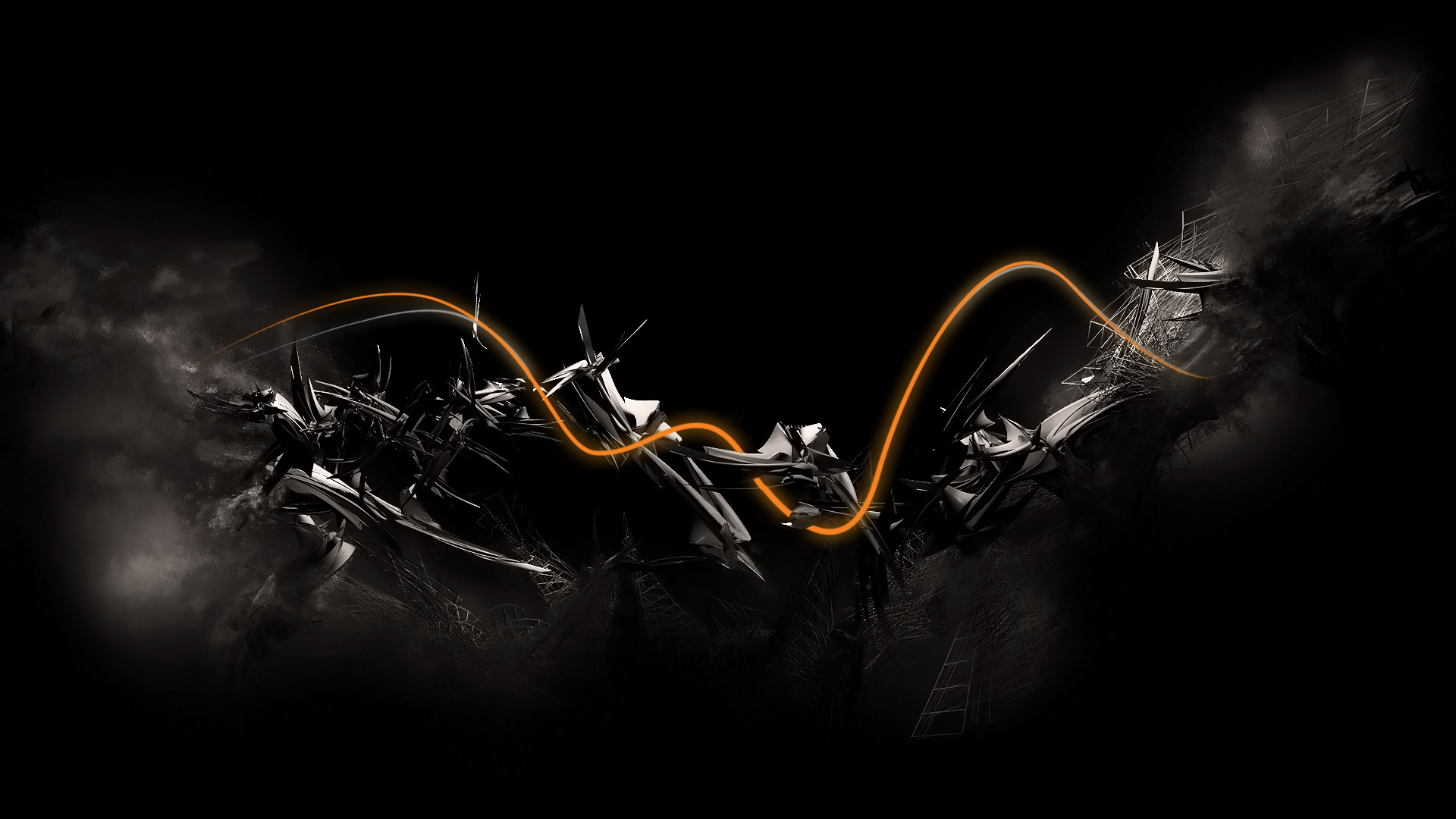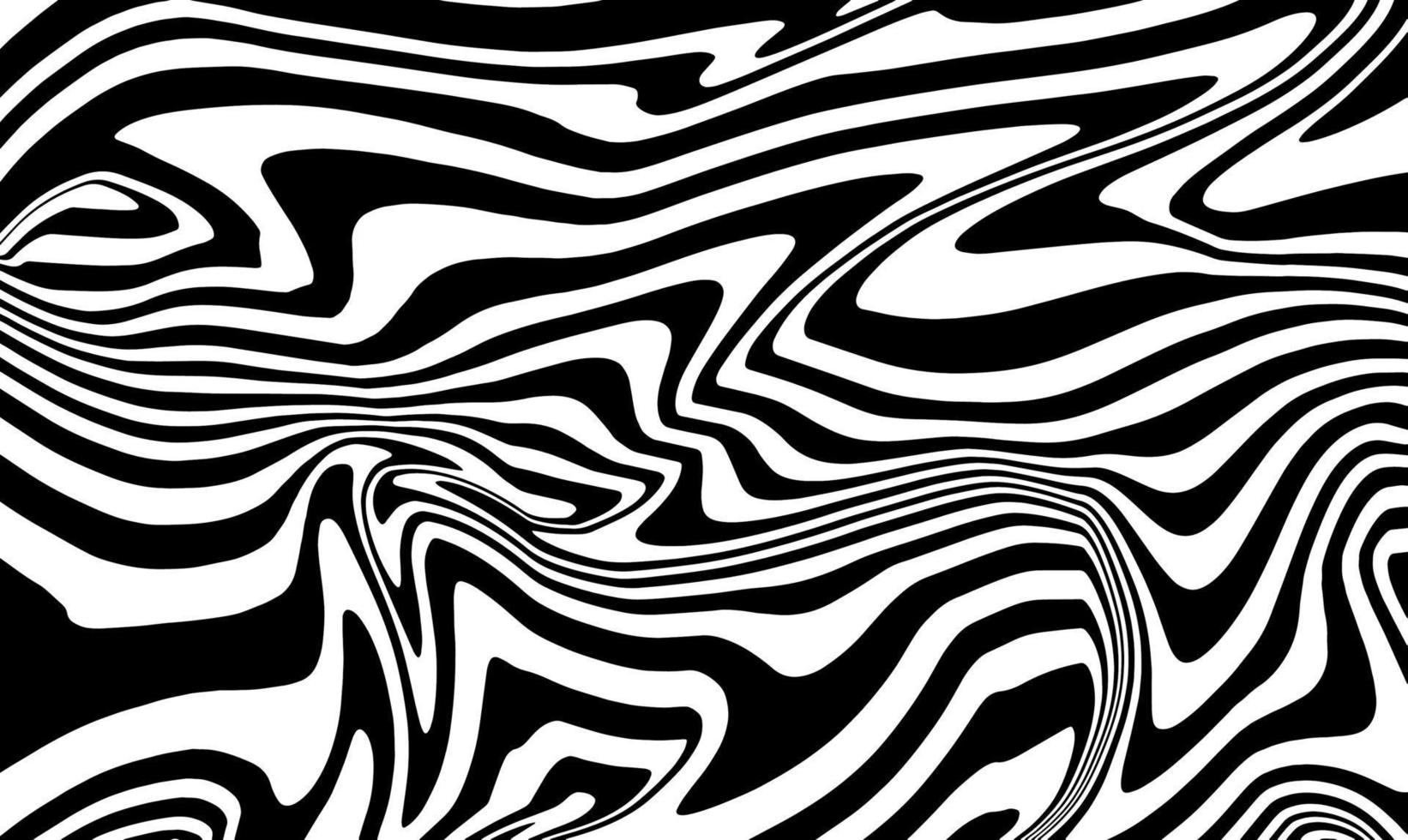Black abstract art adds power and elegance to any space. Discover the best modern wall art trends, top artists, and styling tips in our expert guide.
Black abstract art is a bold and emotionally charged genre that uses black as a dominant tone in non-representational artworks. It often focuses on shapes, textures, and spatial harmony rather than depicting realistic scenes. This minimalist and monochrome art form has become increasingly popular in contemporary galleries and modern interiors.
Whether you’re designing a sleek living room, curating an art collection, or exploring expressive visuals, black abstract art offers both aesthetic impact and deep interpretive meaning.
A Brief History of Abstract Art and the Rise of Black

Early Foundations of Abstract Expression
Abstract art emerged in the early 20th century as artists began to reject realism in favor of emotional and conceptual expression. Pioneers like Wassily Kandinsky and Kazimir Malevich broke traditional rules, shifting from representational imagery to pure shapes, forms, and colors.
The Emergence of Black in Abstract Art
While color dominated early abstraction, black became a powerful element in mid-century modernism. Artists like Ad Reinhardt used black to explore the boundaries of perception, creating paintings that appeared monochrome but revealed depth and variation upon closer inspection. This subtle sophistication turned black into more than a color—it became a symbol of purity, void, and contemplation.
Minimalist movements in the 1960s and 1970s also embraced black abstract art for its ability to communicate maximum emotion with minimal elements. Over time, black evolved from a background tone into the central voice of many contemporary artworks.
Symbolism and Interpretation of Black in Abstract Works
Psychological Significance
In color psychology, black symbolizes mystery, power, and elegance. In abstract art, these meanings are magnified. The absence of color pushes viewers to focus on composition, texture, and emotion rather than narrative content.
Cultural and Emotional Interpretations
Black has long carried varied cultural associations—mourning, strength, luxury, rebellion. When used abstractly, it invites introspective thinking, often triggering deep emotional responses. Unlike colorful abstract art, which might feel vibrant or energetic, black abstract art leans toward intensity, depth, and serenity.
The Beauty of the Void
Abstract artists frequently use black to represent space, silence, or the unknown. It creates a meditative atmosphere, compelling viewers to engage more deeply with the piece. For some, black represents the subconscious mind—a space beyond language or logic.
Modern Trends and Notable Artists in Black Abstract Art
Contemporary Movements
In today’s art scene, black abstract art is having a renaissance. From minimalist installations to layered textures on canvas, artists are pushing the boundaries of how black can be perceived. Digital artists are also embracing black palettes in generative art and NFT platforms.
Notable Artists
-
Pierre Soulages – Known as the “painter of black,” Soulages coined the term outrenoir (“beyond black”) to describe his reflective, textured surfaces.
-
Richard Serra – Famed for his massive black steel sculptures and black oil-stick drawings.
-
Julie Mehretu – While not exclusively monochrome, she integrates black elements into chaotic, layered abstractions.
-
Mark Bradford – Uses black and neutral tones to explore urban narratives and social structures.
Popular Styles
-
Minimalist Abstract Painting – Clean lines, geometric shapes, and restrained compositions.
-
Textured Black and White Canvas – Layers of black paint create depth and shadowplay.
-
Digital & Mixed Media Artworks – Combining black with metallics or 3D effects to create immersive pieces.
How to Use Black Abstract Art in Interior Design?
Home Interiors

Black abstract art can anchor a minimalist space, providing contrast on white or neutral walls. It’s ideal for living rooms, bedrooms, and entryways, especially when paired with metallic accents or natural wood textures. Use large-format pieces as focal points or group smaller works in gallery walls for curated impact.
Office Spaces
In corporate or home offices, black abstract art brings professionalism and calm. It complements modern furniture, glass elements, and sleek lighting, creating a focused atmosphere without overwhelming the space.
Gallery & Display Tips
-
Use directional lighting to highlight textures.
-
Frame in white, black, or metallic to enhance contrast.
-
Combine with monochrome art or contemporary artwork in similar palettes for a cohesive visual theme.
Buying Guide: Choosing the Right Black Abstract Art
Originals vs. Prints
Originals offer texture, uniqueness, and higher value, but can be costly. High-quality prints are more affordable and ideal for experimentation or rotating styles. Look for limited editions or artist-signed prints for collector value.
Materials and Mediums
-
Acrylic or oil on canvas for bold, textured looks
-
Charcoal or ink on paper for subtle detail and minimalism
-
Mixed media or resin for glossy, contemporary finishes
Pricing and Authenticity
Prices vary widely—from under $100 for prints to thousands for originals. Ensure authenticity by purchasing from reputable galleries or online platforms with artist bios, certificates, and return policies.
Conclusion: Why Black Abstract Art Stands the Test of Time
Black abstract art is more than a visual trend—it’s a timeless fusion of emotion, space, and symbolism. Its power lies in its ability to express the inexpressible, to create atmosphere without distraction, and to leave interpretation open to the viewer.
FAQs: Black Abstract Art
1. What makes black abstract art different from other abstract styles?
Black abstract art focuses on using black as a dominant color to convey emotion, texture, and space. Unlike colorful abstracts, it creates a mood of intensity, sophistication, and minimalism.
2. Is black abstract art suitable for all interior styles?

Yes, black abstract art is versatile. It complements modern, industrial, and minimalist interiors and can add contrast and depth to traditional spaces as well.
3. How do I know if a black abstract artwork is original?
Look for artist signatures, certificates of authenticity, or provenance documentation. Buying from trusted galleries or curated online platforms ensures authenticity.
4. What sizes work best for black abstract wall art?
It depends on the space. Large-scale pieces create bold focal points, while smaller works are ideal for gallery walls or subtle decor accents in tight spaces.
5. Can black abstract art include other colors?
Yes, many black abstract artworks include accents of white, gray, metallic, or muted tones. The focus remains on black as the dominant element, but color can enhance depth and contrast.
